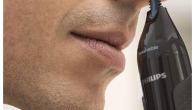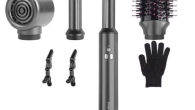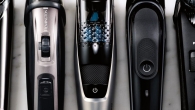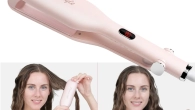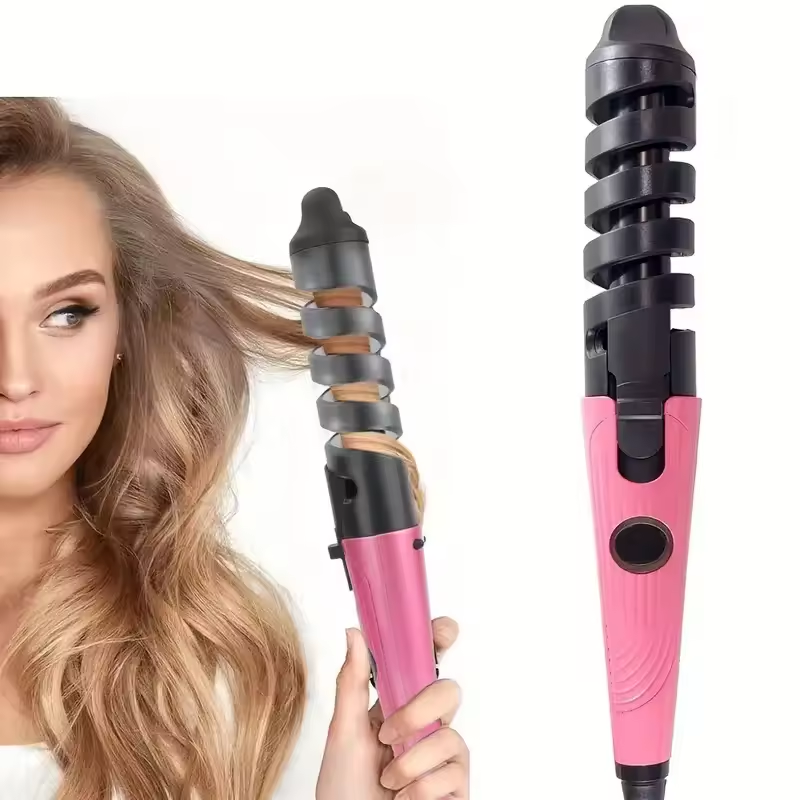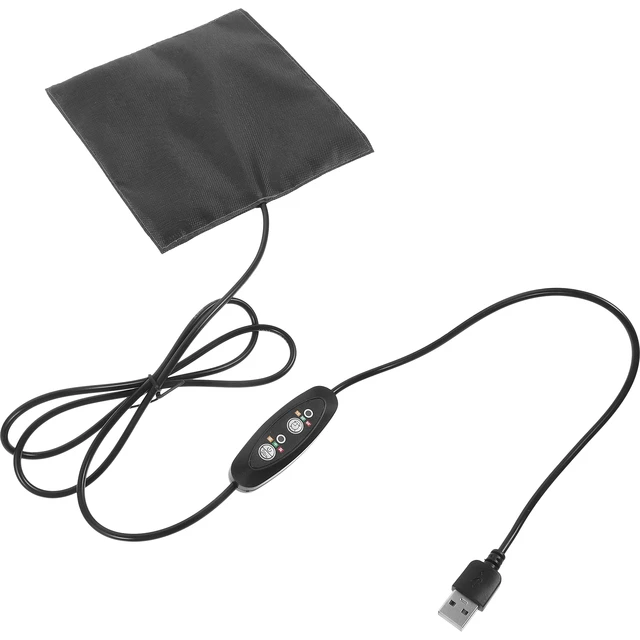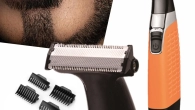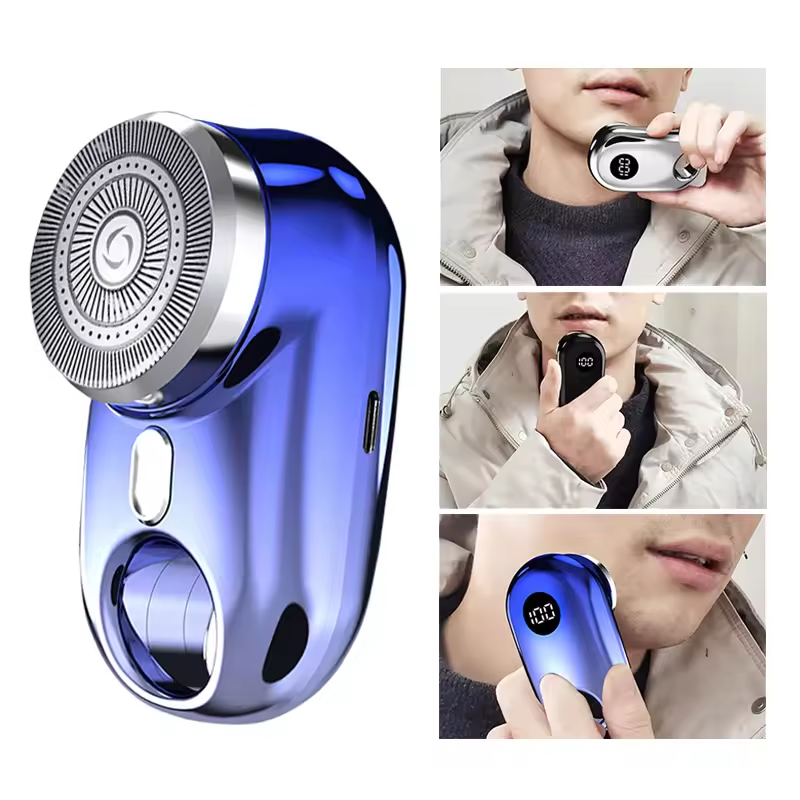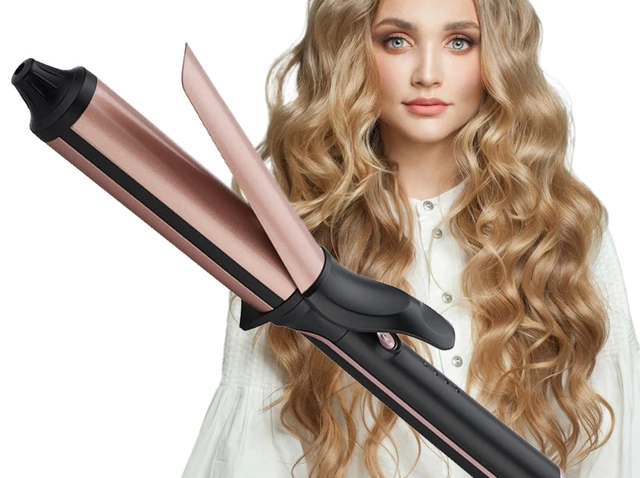
How to Curl Natural Hair: The Best Tips for Different Hair Types
Introduction:
Curling natural hair can be a fun way to change up your style, adding volume and texture. Whether you have loose waves or tight coils, there are various methods to curl natural hair effectively. This comprehensive guide delves into different techniques, products, and tips for achieving beautiful curls, tailored to your hair type.
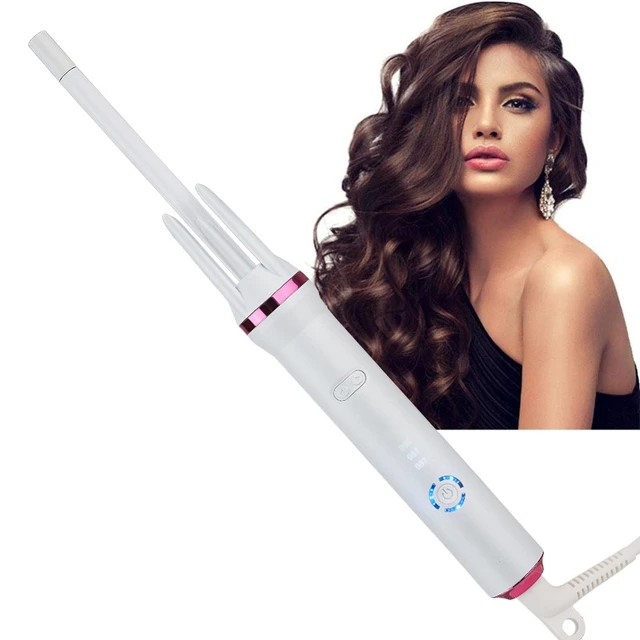
How to Curl Natural Hair:
What Are the Best Methods and Tips for Different Hair Types?
Understanding Hair Types:
How Does Your Hair Type Affect Curling Methods?
Knowing your hair type is crucial for selecting the right curling method and products, leading to better results and healthier hair.
Hair Type Categories:
Identifying Your Curl Pattern:
Type 2 (Wavy): Type 2 hair ranges from loose waves to defined S-shaped patterns. It tends to have a finer texture and less volume. Types include 2A (loose waves), 2B (medium waves), and 2C (coarse waves).
Type 3 (Curly): Type 3 hair has more distinct curls, which can range from loose spirals to tight corkscrews. It’s generally more voluminous and includes 3A (loose curls), 3B (tight curls), and 3C (super tight curls).
Type 4 (Coily/Kinky): Type 4 hair features tight curls or kinks and is usually denser and more prone to shrinkage. Types include 4A (soft coils), 4B (zigzag curls), and 4C (tight, defined coils).
Product Selection:
How Do You Choose the Right Products for Curling Natural Hair?
The right products enhance curl definition, maintain hydration, and protect hair from damage.
Cleansers and Conditioners:
Maintaining Moisture Balance:
Sulfate-Free Shampoo: Opt for a sulfate-free shampoo to gently cleanse your hair without stripping natural oils, which can lead to dryness and frizz.
Deep Conditioner: Use a deep conditioner regularly to keep your hair hydrated and reduce breakage. Ingredients like shea butter, coconut oil, and glycerin are beneficial for maintaining moisture.
Curl Enhancers and Gels:
Defining and Holding Curls:
Curl Cream: A curl-enhancing cream helps define curls and maintain softness. Look for products containing hydrolyzed proteins and natural oils.
Styling Gel: For additional hold, use a styling gel. Choose a product that provides a firm hold without creating a crunchy texture. Aloe vera and flaxseed gels are popular options because they provide hold while maintaining moisture.
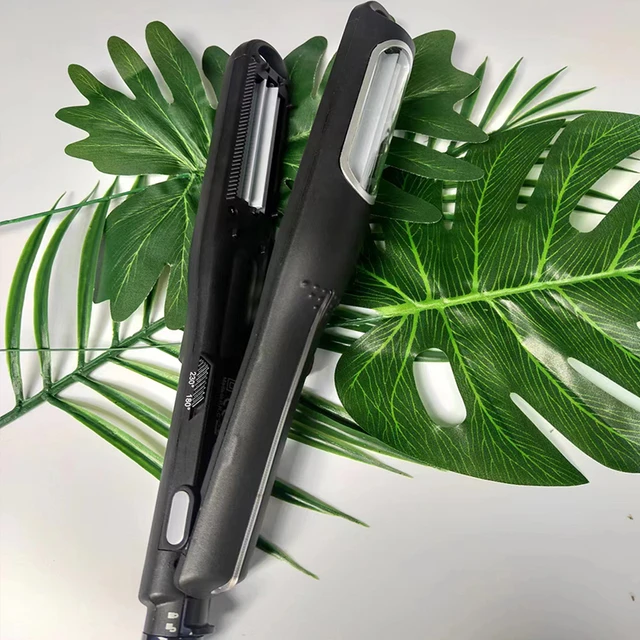 Prepping Hair:
Prepping Hair:
What Preparation Steps Are Necessary Before Curling Natural Hair?
Proper preparation ensures your curls turn out well-defined and last longer.
Cleansing and Detangling:
Starting with Clean Hair:
Wash Hair: Begin by washing your hair with a sulfate-free shampoo and deep conditioning it to ensure it’s well-moisturized.
Detangle: While the conditioner is still in your hair, use a wide-tooth comb or your fingers to detangle. This minimizes breakage and knots, making the curling process easier.
Sectioning:
Organizing Hair for Easy Styling:
Divide Hair: Section your hair into manageable parts using clips. This helps ensure that all areas of the hair receive equal attention and makes the styling process quicker and more efficient.
Moisturize Each Section: Apply a leave-in conditioner or a curl cream to each section before styling. This adds moisture and helps in defining the curls.
Heat-Free Curling Methods:
What Are Some Effective Heat-Free Techniques for Curling Natural Hair?
Heat-free methods are ideal for minimizing damage and maintaining healthy, natural hair.
Bantu Knots:
Creating Defined Curls:
How to Do It: Start with damp hair. Part small sections of your hair and twist each section tightly from root to tip. Coil the twisted section around itself to form a knot and secure it with a bobby pin or small elastic.
Overnight Process: Leave the bantu knots in overnight or until completely dry. Unravel each knot carefully and use your fingers to separate and fluff the curls.
Flexi Rods:
Using Flexible Curling Tools:
How to Use: Damp hair works best. Take small sections of hair and wrap them around flexi rods from root to tip. The more hair you use per rod, the looser the curl will be.
Set and Release: Allow your hair to dry completely, either overnight or with a hooded dryer. Remove the rods and separate the curls gently.
Twist-Outs and Braid-Outs:
Enhancing Natural Texture:
Twist-Outs: Divide damp hair into sections and apply a curl cream. Twist two strands of hair together from root to tip. Allow the twists to dry completely before unraveling them for defined curls.
Braid-Outs: Similar to twist-outs, but braid each section instead. Braids create a different texture and wave pattern compared to twists. Let the braids dry fully, then unravel and separate.
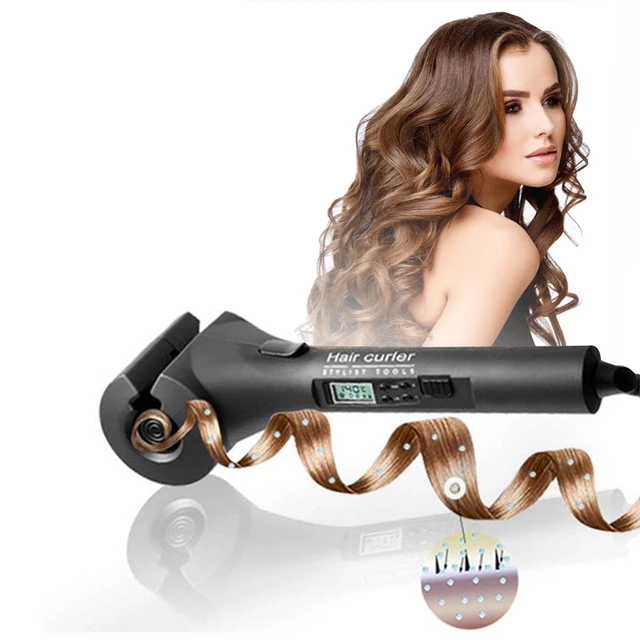 Using Heat Tools:
Using Heat Tools:
How to Safely Curl Natural Hair with Heat?
While heat can help achieve long-lasting curls, it’s essential to use it carefully to prevent damage.
Heat Protection:
Preventing Heat Damage:
Heat Protectant: Always apply a heat protectant spray or serum before using any hot tools. This creates a barrier that minimizes damage from high temperatures.
Temperature Control: Use heat tools with adjustable temperature settings. For natural hair, it’s best to use the lowest heat setting that achieves the desired result to prevent overheating and damage.
Curling Techniques:
Using Curling Irons and Wands:
Curling Iron: Divide hair into sections and wrap small sections around the barrel of the curling iron. Hold for a few seconds, then release. Avoid clamping the iron down on the hair too tightly to prevent damage.
Curling Wand: For a more natural look, use a curling wand. Take small sections of hair and wrap them around the wand, holding the end of the hair away from the wand to create a spiral curl. Release after a few seconds.
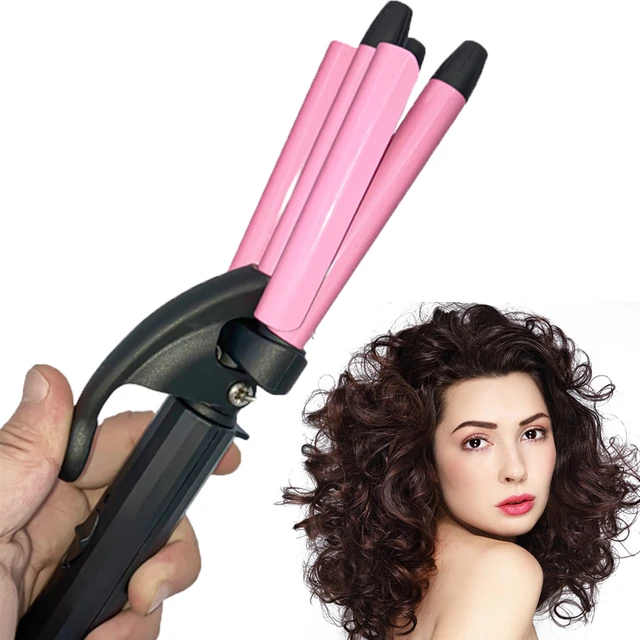 Maintaining Curls:
Maintaining Curls:
How to Keep Your Curls Looking Great Throughout the Day?
Maintaining curls requires proper care and attention to keep them looking fresh and bouncy.
Sleeping with Curls:
Preserving Curls Overnight:
Pineapple Method: Gather hair into a loose, high ponytail on top of your head, securing it with a soft scrunchie. This prevents curls from flattening while you sleep.
Silk or Satin Pillowcase: Sleep on a silk or satin pillowcase to reduce friction. These materials help maintain curl definition and prevent frizz.
Refreshing Curls:
Daily Curl Maintenance:
Water and Leave-In Conditioner: Mix water and a leave-in conditioner in a spray bottle. Lightly spritz your hair in the morning to refresh curls and reduce frizz.
Curl-Defining Products: Use a curl-defining cream or gel to redefine any curls that have lost their shape. Apply sparingly to avoid buildup.
Long-Term Care:
What Practices Help Keep Natural Hair Healthy While Curling?
Healthy hair practices ensure that curling doesn’t lead to long-term damage or breakage.
Regular Moisturizing:
Hydration is Key:
Deep Conditioning: Incorporate deep conditioning treatments into your weekly hair regimen. This helps maintain moisture and elasticity, essential for defining curls.
Daily Moisturizing: Use a light leave-in conditioner or hair oil to maintain moisture levels daily. Focus on the ends, which are more prone to dryness and breakage.
Protective Styles:
Giving Hair a Break:
Low-Manipulation Styles: Alternate between wearing curls and low-manipulation styles like braids, buns, or twists. This gives your hair a break from constant styling and reduces the risk of damage.
Protective Styling: Use protective styles like wigs, braids, and twists to protect your hair from environmental factors and reduce breakage, especially in harsh weather conditions.
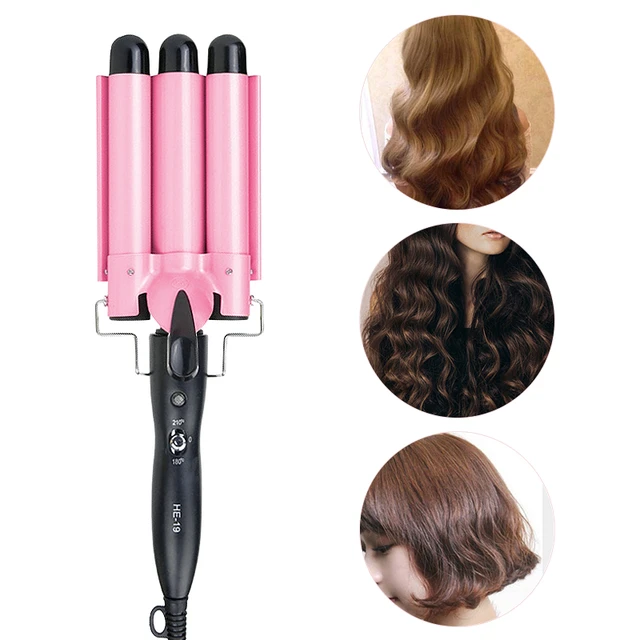 Common Curling Mistakes:
Common Curling Mistakes:
What Should You Avoid When Curling Natural Hair?
Some common mistakes can lead to less-than-perfect curls and potential hair damage.
Overusing Heat:
Minimizing Heat Exposure:
Frequent Usage: Avoid using heat tools too frequently. Even with heat protectants, regular exposure can lead to dryness and damage.
High Heat Settings: Using excessively high temperatures can damage the hair cuticle. Find the lowest heat setting that effectively curls your hair and stick to it.
Skipping Protection:
Always Use Protectants:
No Heat Protectant: Never skip applying a heat protectant before using hot tools. The protectant helps shield your hair from direct heat, reducing the risk of heat damage.
Improper Detangling:
Gentle Handling:
Dry Detangling: Avoid detangling hair when it’s dry, as this can cause breakage. Always detangle damp or conditioned hair using a wide-tooth comb or your fingers.
Rough Handling: Be gentle when managing your curls to prevent breakage. Use a light touch when applying products and styling to maintain curl integrity.
Conclusion
Curling natural hair involves understanding your hair type, choosing the right products, and following appropriate techniques to achieve beautiful, defined curls. From heat-free methods like bantu knots and flexi rods to using heat tools with proper precautions, there are various ways to curl natural hair effectively. Maintaining curls through proper care and avoiding common mistakes ensures your hair remains healthy and vibrant. By implementing these detailed steps and tips, you can enjoy versatile and stunning curls while keeping your natural hair in top condition.




